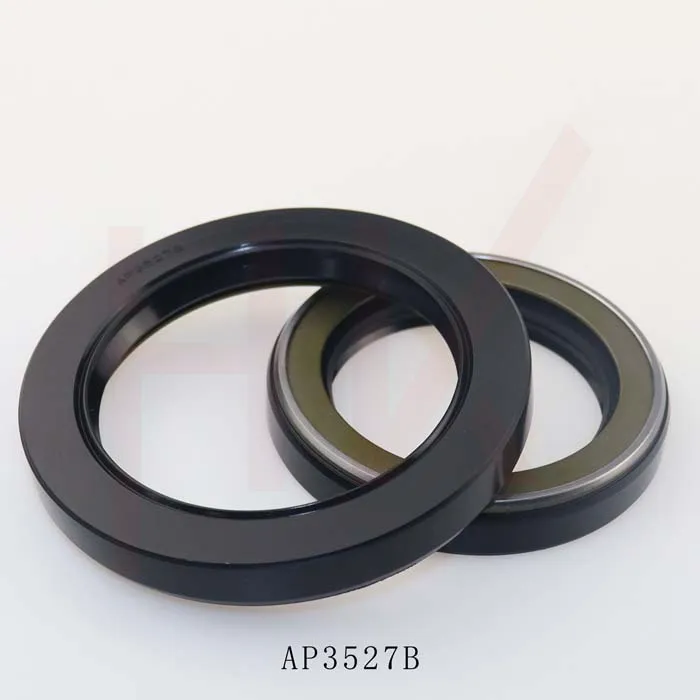ඔක්. . 17, 2024 14:11 Back to list
Mechanical Seal Maintenance and Repair Kit for Optimal Performance and Longevity
Understanding Mechanical Seal Repair Kits A Comprehensive Guide
Mechanical seals are critical components in various industrial applications, ensuring the efficient containment of fluids within rotating equipment, such as pumps and compressors. Over time, these seals can wear out due to factors like temperature fluctuations, pressure changes, and fluid contamination. When they fail, the cost of downtime and repairs can be substantial. This is where mechanical seal repair kits come into play, providing a cost-effective solution to maintain equipment performance.
What is a Mechanical Seal?
Before delving into repair kits, it's essential to understand what a mechanical seal is. Essentially, a mechanical seal is a device that helps join systems or mechanisms together by preventing the leakage of fluids or gases. They are typically comprised of rotating and stationary components known as faces, along with springs and elastomers to exert a sealing force. Commonly used in various industries, mechanical seals are key components in ensuring reliability in environments where leaks could lead to hazardous situations or loss of product.
Importance of Repairing Mechanical Seals
Routine maintenance of mechanical seals is crucial for several reasons
1. Preventing Leaks Leaks can lead to environmental hazards and loss of valuable materials, so maintaining seals is critical. 2. Enhancing Efficiency Well-maintained seals reduce energy consumption by minimizing friction and heat generation. 3. Extending Equipment Lifespan By addressing seal issues promptly, the overall lifespan of the rotating equipment can be significantly increased. 4. Reducing Costs Regular seal repairs can minimize unplanned downtime and the associated costs of extensive repairs or replacement.
What is Included in a Mechanical Seal Repair Kit?
A mechanical seal repair kit typically includes a variety of components necessary for repairing or replacing worn seals. While the contents may vary depending on the manufacturer and specific application, a general kit often includes
mechanical seal repair kit

- Seal Faces The primary components that come into contact to form the seal. - Elastomers These are rubber-like materials used to create a flexible and durable seal. - Springs They maintain the pressure between the faces, facilitating better sealing. - O-Rings Used to fill gaps and prevent leaks in the assembly. - Installation Tools Such as alignment tools and instructions to assist in the repair process. - Lubricants To ensure smooth operation and longevity of the seals.
How to Use a Mechanical Seal Repair Kit
Using a mechanical seal repair kit effectively requires following several steps
1. Assessment Inspect the current seal to identify wear and damage. Determine if a complete repair is necessary or just a few component replacements. 2. Disassembly Carefully remove the existing seal and any associated components, ensuring the components are preserved for analysis. 3. Component Replacement Replace the worn components with those found in the repair kit. Take care to use proper alignment and fit for optimal performance. 4. Reassembly and Testing Once replaced, reassemble the equipment and run tests to ensure functionality and leak-free operation. Monitor for potential leaks and adjust as necessary.
Tips for Success
To ensure a successful mechanical seal repair, consider the following tips
- Use Quality Kits Opt for repair kits from reputable manufacturers to guarantee that all components meet industry standards. - Follow Manufacturer Guidelines Always adhere to the instructions provided in the repair kit. These guidelines are often tailored to specific applications and equipment models. - Regular Maintenance Implement a consistent maintenance schedule to inspect seals and other critical components regularly, thus preventing failures before they occur.
Conclusion
Mechanical seal repair kits are invaluable tools in maintaining the efficiency and effectiveness of mechanical seals in various industrial applications. They not only provide a cost-effective solution to wear and tear but also promote proactive maintenance practices that enhance equipment reliability. By understanding the importance of these kits and following best practices for their use, industries can mitigate the risks associated with seal failure, ensuring a sustainable and cost-efficient operation.
-
TCN Oil Seal Metal Ring Reinforcement for Heavy Machinery
NewsJul.25,2025
-
Rotary Lip Seal Spring-Loaded Design for High-Speed Applications
NewsJul.25,2025
-
Hydraulic Cylinder Seals Polyurethane Material for High-Impact Jobs
NewsJul.25,2025
-
High Pressure Oil Seal Polyurethane Coating Wear Resistance
NewsJul.25,2025
-
Dust Proof Seal Double Lip Design for Construction Equipment
NewsJul.25,2025
-
Hub Seal Polyurethane Wear Resistance in Agricultural Vehicles
NewsJul.25,2025
-
The Trans-formative Journey of Wheel Hub Oil Seals
NewsJun.06,2025
Products categories
















